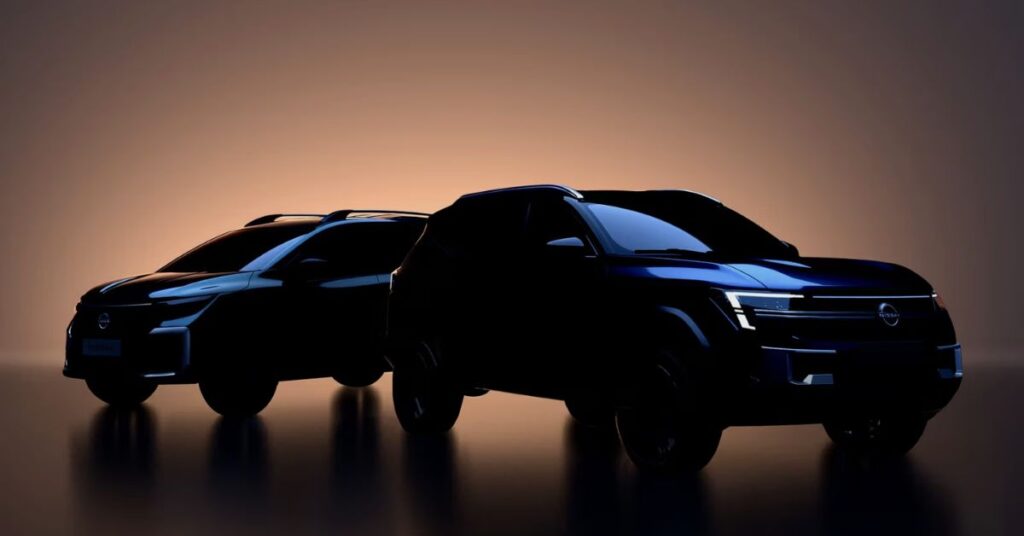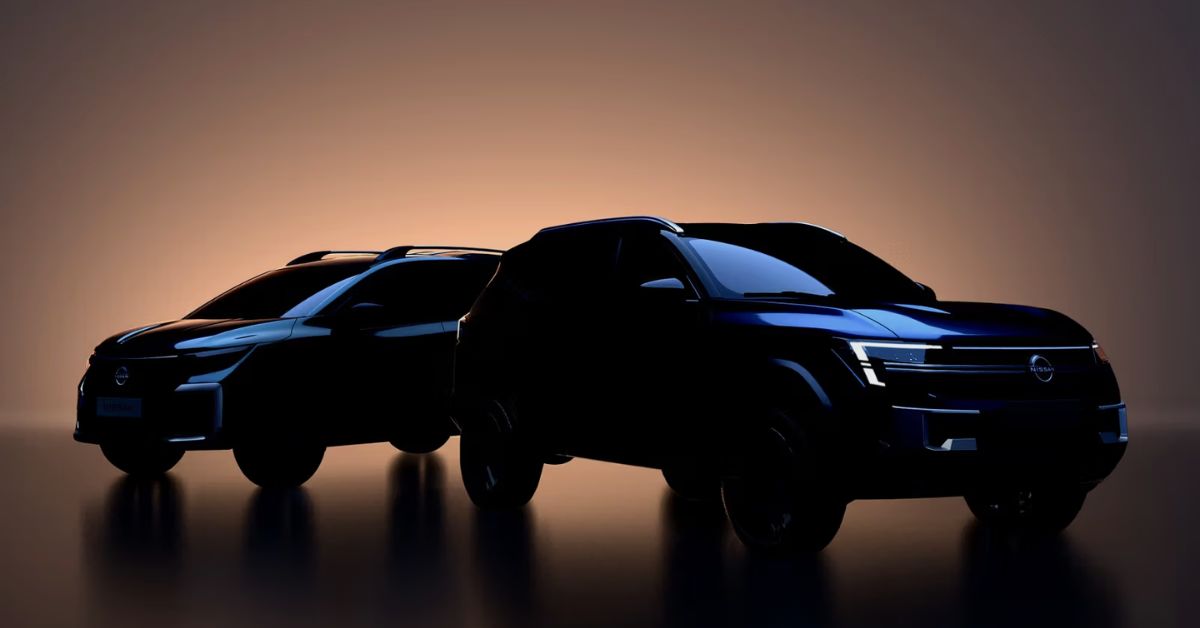Nissan is undergoing a major transformation in India, aiming to rebuild its market share and leverage the country as a global manufacturing hub. Amid global automotive challenges, the Japanese carmaker is banking on an aggressive mid-term strategy focused on new product launches, enhanced exports, and electric vehicle (EV) integration. This article outlines Nissan’s future roadmap in India, offering an overview of its investment strategies, manufacturing goals, and competitive outlook.
New Product Lineup: SUV and EV Focus
Compact and Mid-Size SUV Offerings
Nissan’s mid-term strategy (FY2024–FY2026) includes the launch of three new vehicles tailored for Indian consumers:
- A 5-seater compact SUV
- A 7-seater B-segment MPV
- An affordable electric SUV
These models are expected to be built on the CMF-B platform, co-developed under the Renault-Nissan Alliance. They will be manufactured at the Chennai plant, which is currently underutilized and operating below its full production capacity.
These vehicles are designed to compete directly with popular models in the highly competitive Indian SUV segment, such as the Hyundai Creta, Kia Seltos, and Maruti Suzuki Grand Vitara.
Launch Timeline
Two of the new models are scheduled to arrive in FY2025, with the third—the electric SUV—expected by FY2026. These launches align with India’s increasing demand for feature-rich, affordable utility vehicles.
Positioning India as a Global Export Hub
Export Growth and Expansion
Nissan is aiming to triple its export volume from India, targeting 100,000 units annually. The company has already expanded its export footprint from 20 to over 65 countries, including regions in Latin America, the Middle East, and Africa.
Manufacturing Advantage
India’s cost-efficient labor and improved logistics infrastructure make it an attractive base for global vehicle shipments. Nissan’s plan includes increasing left-hand-drive (LHD) exports, with the Magnite SUV already being shipped in LHD configuration to new markets.
Electrification and Technological Innovations
Global Electrification Goals
Globally, Nissan aims to introduce 30 new models by FY2026, with 16 of them being electrified. The company’s EV strategy is supported by cost-reduction initiatives aimed at making EVs more affordable and accessible. According to a Reuters report, Nissan is working to reduce the cost of next-generation electric vehicles by 30% using a common modular manufacturing approach.
EVs in India
The upcoming electric SUV will likely be Nissan’s first mainstream EV for the Indian market. With rising fuel prices and stricter emissions norms, demand for electric vehicles is expected to grow significantly. Nissan’s entry into this space is timely and aligns with broader government policies promoting EV adoption through subsidies and infrastructure development.

Sales and Dealership Expansion Strategy
Domestic Sales Target
Nissan aims to triple its domestic sales in India to 100,000 units annually by FY2026, up from approximately 35,000 units in FY2024. This ambitious target will be supported by product diversification and a broader dealership presence.
Retail Network Expansion
To facilitate this growth, Nissan plans to expand its dealership network from the current number to over 300 outlets by the end of FY2024. These dealerships will offer sales, service, and spare parts (3S) facilities to enhance customer support and accessibility.
Job Creation and Local Development
Workforce Expansion
To support increased production, Nissan has introduced a third manufacturing shift at its Chennai facility and created 600 new jobs. This workforce development underscores the company’s commitment to local employment and skill enhancement.
Strategic Partnerships
The Renault-Nissan Alliance continues to play a key role in Nissan’s India operations. Both brands share R&D, design, and manufacturing resources to optimize costs and accelerate product development.

Market Challenges and Considerations
Despite a forward-looking strategy, Nissan faces several hurdles in its India growth journey:
Low Market Share
Nissan’s current market share in India is below 1%, reflecting weak brand recall and limited product options. Rebuilding consumer trust and brand visibility will be critical.
Intense Competition
The Indian automotive market is saturated with established players like Maruti Suzuki, Hyundai, Tata Motors, and newer entrants such as Kia and MG Motor. Offering distinct features, strong after-sales service, and competitive pricing will be essential to capture market share.
After-Sales and Service Network
Consumer confidence in automotive brands often hinges on the availability of after-sales service and spare parts. Expanding service networks and ensuring reliable support will be necessary for long-term customer retention.
Conclusion
Nissan’s renewed focus on India through new model launches, manufacturing optimization, export expansion, and electrification represents a comprehensive strategy to reclaim relevance in a challenging yet promising market. With a clear roadmap extending to FY2026, the company is aligning its operations to meet evolving consumer preferences and global sustainability goals. While challenges remain, effective execution, product differentiation, and customer-centric strategies could reposition Nissan as a competitive force in India’s automotive landscape.
